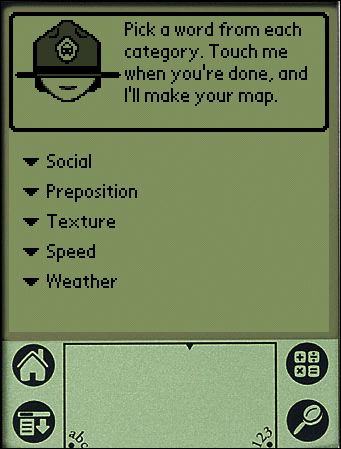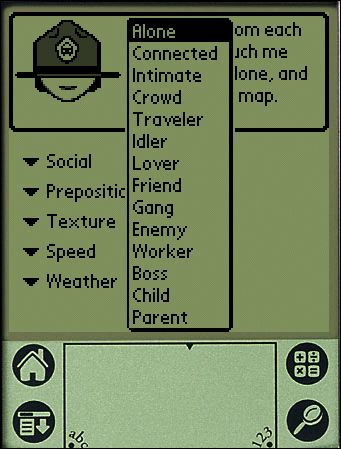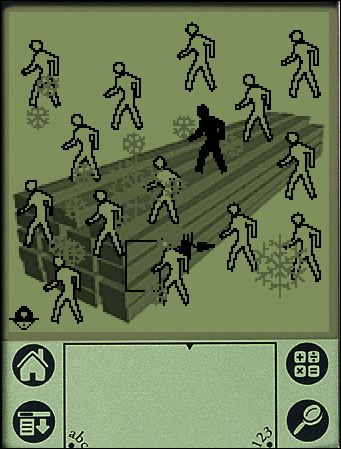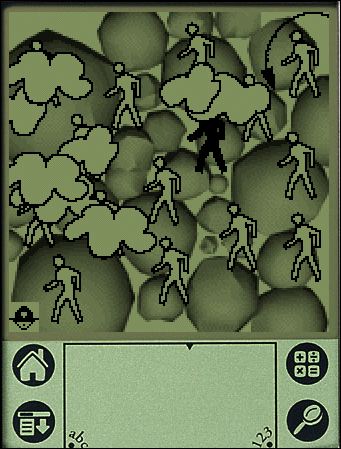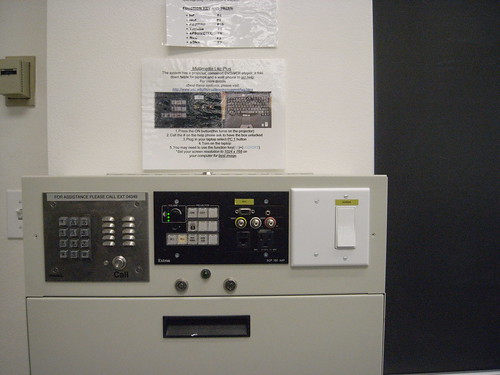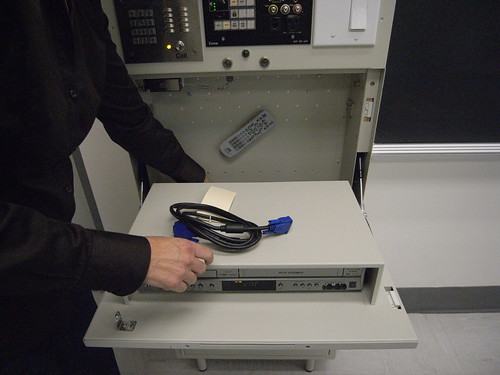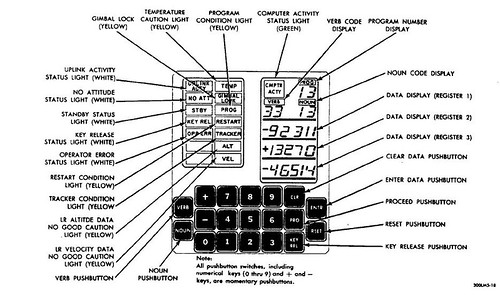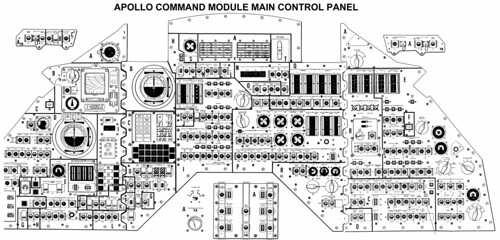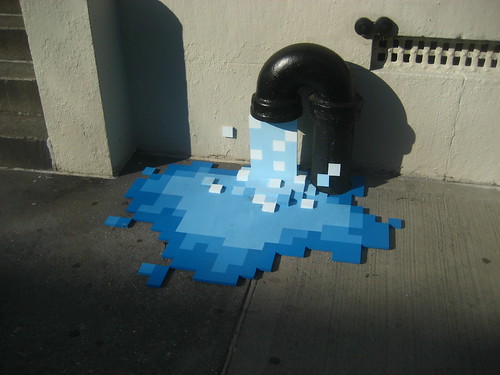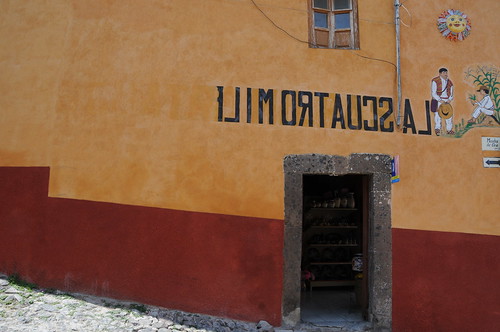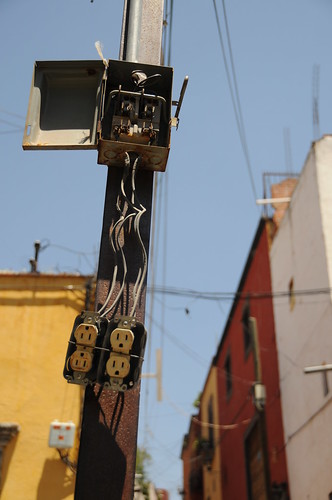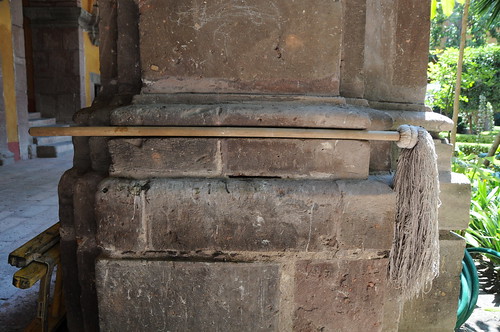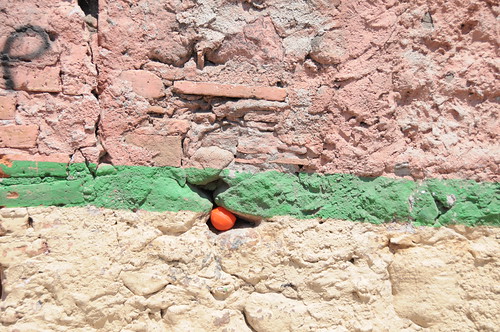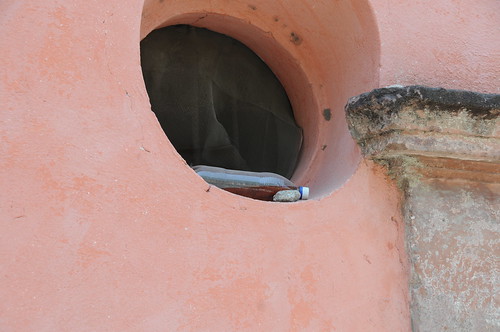Today in London Rhys Newman presented the studio’s "Homegrown" project to an audience of 150 journalists. Rhys is part of the newly minted Design Strategic Projects studio that I will be joining in a few weeks.
The Homegrown presentation starts with a brief, top-level description of Design Strategic Projects. 14 people, International (I’m one of only two United Statesians — quite nice, that), 3 locales. Our (broad) mandate? Clarifying and translating business objectives through design. This is an amazing foundation, and the emphasis on design is quite significant within Nokia. It means design at Nokia is more than styling and appearances. It’s about informing and shaping the strategic direction of Nokia. Helping make decisions that are based on design principles that are also good business principles.
Why is this significant? Design can base its objectives on principles that business would not normally use as its decision criteria. Such things as so-called design thinking where creative thinking and probes into unknown areas is encouraged — even if it results in some “cost” or, in a business idiom, “red ink.” What might be seen as a preposterous experiment can yield valuable insights just by going through the process of thinking outside the box. Design can process ideas, theories, hunches and speculations much more freely and effectively that a project that is bound to hitting one’s quarterly revenue targets.
So — principles in action? Here’s what the Homegrown project entails.
Zero Waste — a charger. What? A charger? Chargers often have a persistent power draw — 300mW or there abouts. Even if it’s charging cycle is done. That’s a terrible waste across a massive scale. Through a principle of small actions, across massive scales, big changes can come about. Scale? Count one second — Nokia has just made 16 phones. Every phone comes with a charger that can be expected to consume this .3 watts of power that we’ll never turn back into the resources consumed to produce it. And that’s just phones and one phone manufacturer. What about digital cameras? Game players? Camcorders? MP3 players?
There’s strong evidence of designed simplicity and a consideration of even the most routine of human -machine interactions here — the button. It has become the sine qua non of interaction modalities. In fact, it is the button that undergirds the bulk of interaction design, I’d argue. Here, with Zero Waste, the button is an soft but emphatic reminder that one is consuming power, however little. When the charger has finished its task of topping off your device, it turns off. In order to turn it on again, you have to push the button. Push a button. Charge. Push a button. Consume. The ritual of turning your attention to the Zero Waste button is a reminder and a call to consider what one is doing. Not that people will necessarily not charge their devices. They’ll just be forced to be cognizant of what is taking place. The persistent reminder to be mindful and considerate of the resources consumed is a designed-in implication of Zero Waste.
Remade — a phone (It exists. It works. I’ve held it. It was announced by Nokia’s CEO in Barcelona a bit ago. It’s not (yet) widely available.) Continue reading Nokia Homegrown



